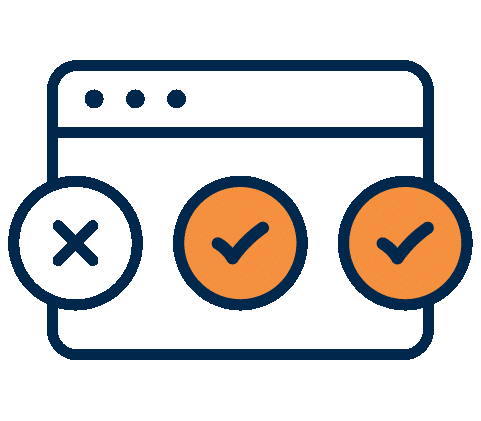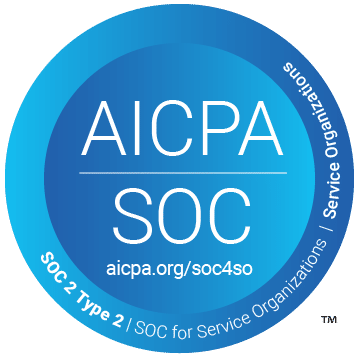There are specific screening requirements for health care employers who receive federal funds as participants in federally-funded health care programs, but screening against abuse registries is an often-overlooked resource for service providers to improve their hiring practices. While there may be some overlap between the OIG’s List of Excluded Individuals/Entities (LEIE) or GSA’s SAM database and state abuse registries, an employer cannot rely on these federal databases to identify when a potential employee, contractor or even a volunteer is a bad choice to engage or retain due to a history of abuse.
Abuse Registries
State laws regarding abuse registries and how they can be used is a national patchwork of varying standards and requirements. There are child and adult abuse registries in the U.S. as well as sex offender registries:
Child abuse registries: These registries are found in 54 U.S. states and territories. The type of information contained in central registries and department records varies by state. Some states maintain all investigated reports of child abuse and neglect in their central registries, while others maintain only substantiated reports. The length of time the information remains in the registry and the bases for removal also vary by state.
Adult abuse registries: Adult abuse registries are found in 26 states. These databases maintain the identity of individuals who are found to have abused, neglected or exploited seniors or adults (18 and older) with disabilities living in the community or in a facility. Registry information is available to individuals, agencies or employers who are authorized to receive such information.
Sex Offender Registries: Until 2005, when the National Sex Offender Registry was established, the only way to search for sex offender information was by state by state. This national registry is available at no cost and includes information from all 50 states, the principal U.S. territories, the District of Columbia and participating federally recognized Indian tribes.
The information provided to the National Sex Offender Registry is determined by state or jurisdictional law, which results in data inconsistencies. While each jurisdiction still controls the information provided, the availability of the national registry has increased the sharing of information and has simplified the search process. Although most cases on the registry relate to an individual’s sexual criminal record conviction, some do not due to differences among states’ criminal law statutes. Therefore, a criminal records search may not result in an employee or applicant match but you may still find them on the Sex Offender Registry.
Doesn’t a Criminal Background Check Capture this Information?
As noted in the example above, due to the differences in state law and how abuse information is maintained, a criminal background check may not give a prospective employer the whole picture. Many organizations rely just on criminal background checks at the time of hire and do not screen against abuse lists on an ongoing basis. This practice is short-sighted for a number of reasons:
- Criminal records related to sexual abuse are often only maintained at county or local court levels unless a federal crime (such as kidnapping across state lines) occurs. In the event of a federal crime, records will be accessible only through a federal records search.
- While the FBI maintains federal crime records indefinitely, most states allow criminal searches for only seven years. Some counties or local courts allow searches for up to 15 years, but most have a maximum limit of 10 or 15 years.
- Teen abusers have no searchable criminal records because juvenile records are generally sealed by the courts. Unless the juvenile abuser was tried as an adult, there will be ‘no offenses found’.
- Sexual abuse offenders are often allowed to “plea down” to a lesser offense, so a background check may reveal lesser offenses that may not clearly flag the dangerous nature of an applicant’s past behavior.
Tailoring Background Checks to Your Organization
The role dictates the risk. Health care organizations differ widely in both the populations served and the type of services offered. For example, a pediatric hospital would have heightened concerns about hiring someone with a history of child abuse, while a senior care facility is looking for any history of adult abuse or neglect. Therefore, criminal background which includes registry screenings should be tailored to the position to be filled by a potential employee or volunteer. Also, the type of role dictates the screening depth needed; a highly supervised role lessens the risk to an organization and its patients.
Screening frequency. Organizations serving highly vulnerable populations, such as children and the elderly or infirm, should perform criminal and registry screenings frequently to assure that applicants for paid or volunteer positions do not pose avoidable and foreseeable risks to their patients. At a minimum, health care organizations generally should screen its employees and volunteers every 2-3 years.
Conclusion
A criminal background check is an important element in an organization’s screening process but it will not necessarily reveal an applicant’s past history of sexual abuse. While the federal LEIE may reflect some convictions for patient abuse or neglect, organizations should not rely on these sources, or even on a standard criminal background check, to capture the full picture.
Therefore, even if an employer is not prohibited from hiring a known abuser or if their state does not require checking abuse databases, use of these registries allow employers to make more educated decisions about prospective and current employees and volunteers. Abuse registries give users a sense of safety, so they know they are performing the due diligence necessary to ensure the safety of people who will be interacting with a prospective employee or volunteer.


































